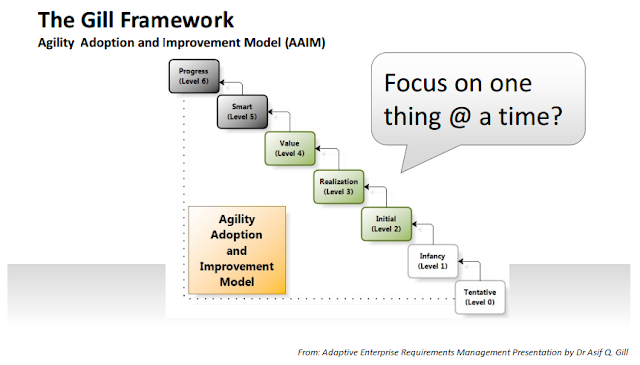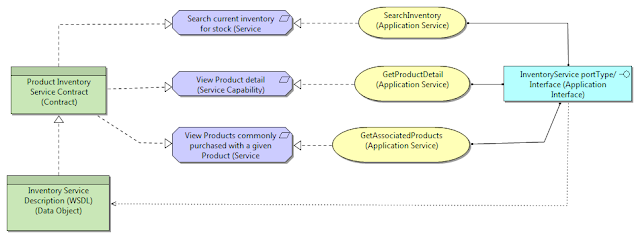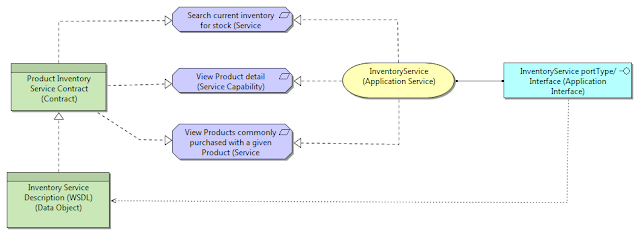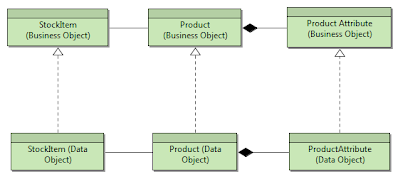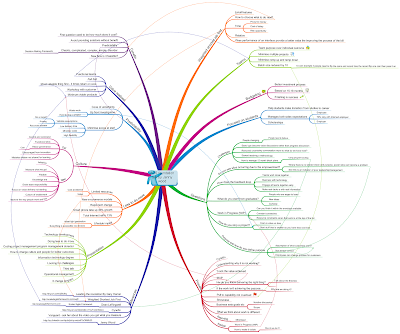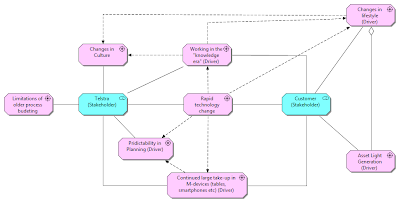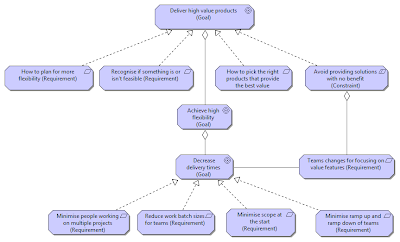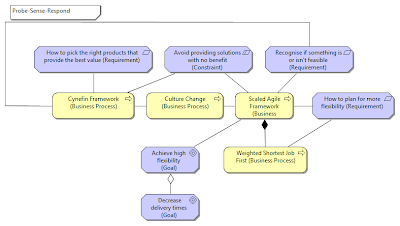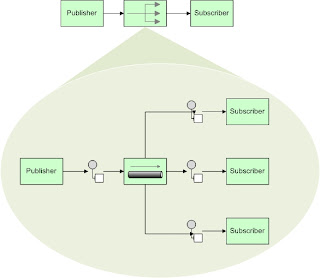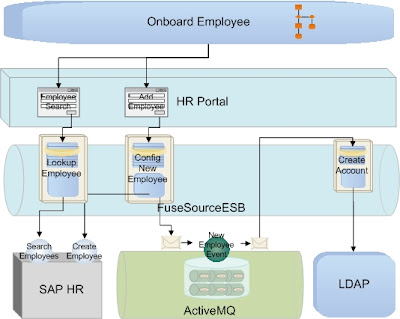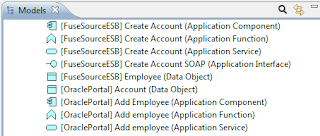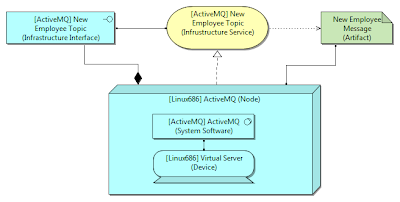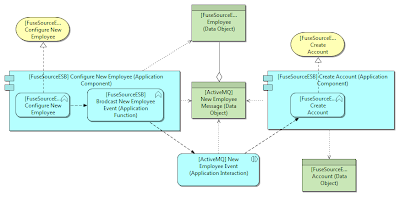Introduction to Arduino Workshop
| On Saturday I attended one of Justin Mclean's introduction to Arduino workshops. I learnt quite allot and had a wonderful time. Justin gave a short run down of the Arduino history and an overview of the main parts of the Arduino and where it was being used. I was surprised to learn it was being used in CubeSats now. Maybe this is a new opportunity for the postal service. Each home could get their own mini satellite up in space. The Arduino we got to use was the Arduino UNO. The link has all the specifications but it is a simple board with a set of digital and analogue inputs. You program it via a USB connection. Arduino has its own IDE and Justin supplies the software for both windows and Mac. I believe you can get it for linux, but we didnt have anyone using linux at this event. I didnt know i had to bring a computer with my so thankfully Mihail had a second laptop with him (Geek!). No issues starting up IDE, no issues connecting the device, I did have some issues finding the right COM port. Simple tip is to go into the Device Manager (was using windows) and check the Ports. Arduino will appear listed there. During the event i did find a few times that when i disconnected and reconnected the device the IDE lost access to the COM port. I simply saved my worked closed the IDE disconnected the device, then reconnected. Once I started the IDE again it was ok. The Arduino IDE is a C++ editor in essence. It was very simply to use but has the limitation of not having an intelligent Trace/Debugger. It does have stdout though so the good olde style of Serial.println("[Line 234]: broke here!"); still works. You can use TRACE but I havn't tried it yet. I have no electronics experience beyond putting together my own PC's, and a few of the JayCar kits (I had this one when I was a young boy and have been introducing my own kids to them). They have more interesting ones now - Fibre Optic Kit for instance may be more in touch with communications then the old radio was. Thankfully we were doing some simple things to provide a platform on which to build knowledge. The goals of the lessons where to understand the different in/out of the board, the way to program for it and how to load that program into the board. I like the enabling lessons over data dumps. I like to take bits and explore then come back for more so I enjoyed this one. We set about using different configurations of switches, sensors and lights to get different reaction. Generally to turn the lights on and off and then use programming to determine things like fade in and out, which colors and which lights. There are some very cool sensors out there for the device. I particularly like the idea of the clothing ones or eTextiles. Maybe ill get a cheap suit from Lowes and make a touch screen for my arm sleeve so I don't need to wonder around with a laptop. Stuart laughed when mentioned the idea of a phone in my watch - 3 months later Apple announced IWatch.... Lets see if apple releases the ITailoredSuite any time soon! | Images from the day:
|
We had a few breaks during the workshop were people got together and chatted. The group i was in was made up of IT professionals, enthusiasts and teachers. There was a nice Mexican resturant around the corner for lunch and as it was held right next to central very easy to get to. I recommend this event to anyone interested in exploring Arduino, Internet of Things or the Programmable Life .
You can catch Justin at his regular Internet of Things meet-up that he runs each month and he is looking to run more of the Arduino workshops and potentially some intermediate and advanced workshops. He will be speaking at TelSoc at the end of March and I am very much looking forward to his discussion on open source hardware and the Arduino system.




